OpenSciEd Teacher Training: Best Practices for Success: Making Participation Inclusive During Discussions, February 26, 2026
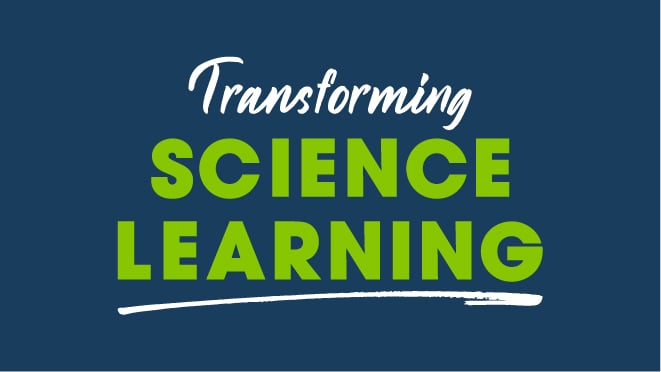 Class discussions are at the heart of OpenSciEd’s instructional model, but ensuring that all students feel empowered to participate can be a challenge.
Class discussions are at the heart of OpenSciEd’s instructional model, but ensuring that all students feel empowered to participate can be a challenge.
 Class discussions are at the heart of OpenSciEd’s instructional model, but ensuring that all students feel empowered to participate can be a challenge.
Class discussions are at the heart of OpenSciEd’s instructional model, but ensuring that all students feel empowered to participate can be a challenge.
 Class discussions are at the heart of OpenSciEd’s instructional model, but ensuring that all students feel empowered to participate can be a challenge.
Class discussions are at the heart of OpenSciEd’s instructional model, but ensuring that all students feel empowered to participate can be a challenge.
 Class discussions are at the heart of OpenSciEd’s instructional model, but ensuring that all students feel empowered to participate can be a challenge.
Class discussions are at the heart of OpenSciEd’s instructional model, but ensuring that all students feel empowered to participate can be a challenge.
 Class discussions are at the heart of OpenSciEd’s instructional model, but ensuring that all students feel empowered to participate can be a challenge.
Class discussions are at the heart of OpenSciEd’s instructional model, but ensuring that all students feel empowered to participate can be a challenge.




 Join us on Wednesday, January 28, 2026, from 7:00 PM to 8:30 PM ET, to strengthen your use of this powerful routine—and support your students in putting the pieces together to build lasting understanding.
Join us on Wednesday, January 28, 2026, from 7:00 PM to 8:30 PM ET, to strengthen your use of this powerful routine—and support your students in putting the pieces together to build lasting understanding.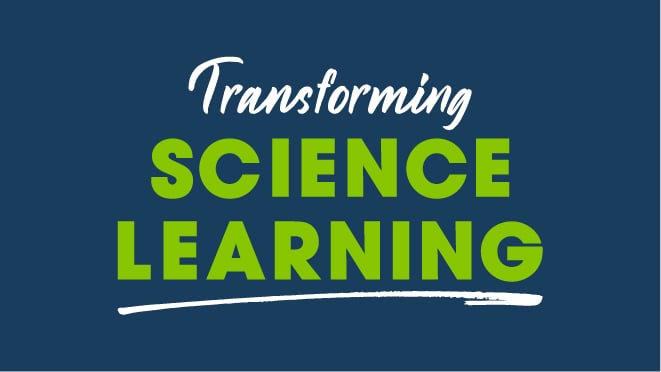 Are your students making their thinking visible? Student notebooks and progress trackers are essential tools used in OpenSciEd classrooms for supporting sensemaking, self-assessment, and learning over time but only if they are used intentionally.
Are your students making their thinking visible? Student notebooks and progress trackers are essential tools used in OpenSciEd classrooms for supporting sensemaking, self-assessment, and learning over time but only if they are used intentionally.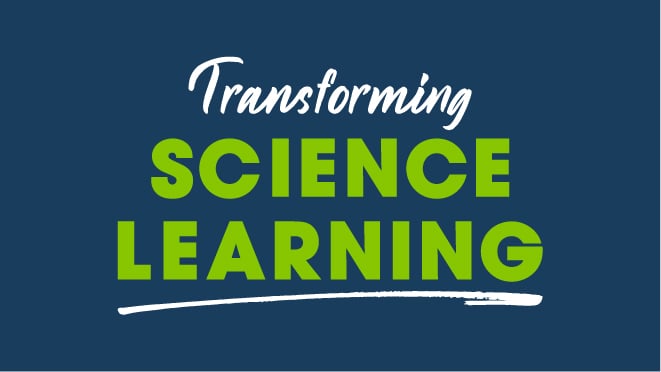 Looking to deepen student engagement and discourse in your OpenSciEd classroom?
Looking to deepen student engagement and discourse in your OpenSciEd classroom?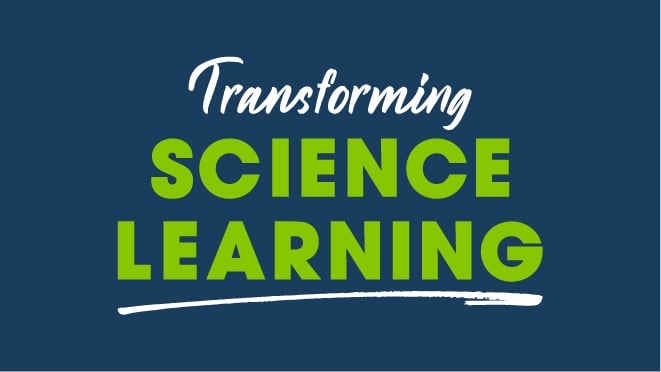 Helping students make sense of complex scientific ideas requires more than just content delivery, it requires purposeful, consistent opportunities for thinking, talking, and connecting ideas. Instructional routines are structured, repeatable strategies that create space for all students to engage in meaningful sensemaking.
Helping students make sense of complex scientific ideas requires more than just content delivery, it requires purposeful, consistent opportunities for thinking, talking, and connecting ideas. Instructional routines are structured, repeatable strategies that create space for all students to engage in meaningful sensemaking.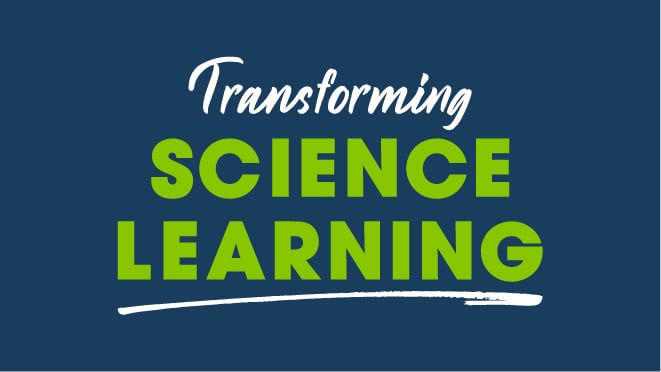 What does it take to create a science classroom where students feel empowered to share their ideas, ask questions, and figure things out together?
What does it take to create a science classroom where students feel empowered to share their ideas, ask questions, and figure things out together? 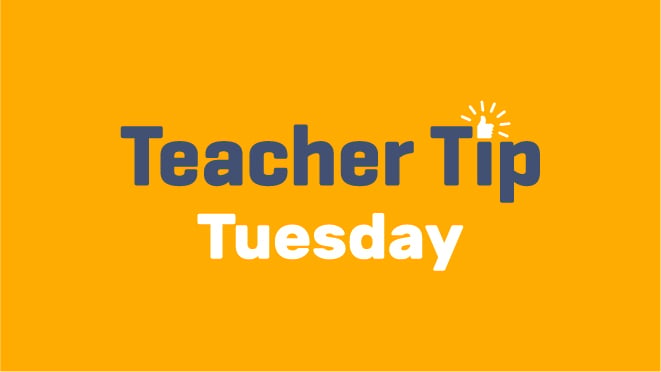 What makes instructional materials high quality—and how can you tell the difference between a resource that simply covers content and one that truly supports deep, three-dimensional learning?
What makes instructional materials high quality—and how can you tell the difference between a resource that simply covers content and one that truly supports deep, three-dimensional learning?